Gone are the days of always having to check a bag every time you travel. Not only does checking a bag often cost extra, it also forces you to wait in line at the baggage counters and spend time waiting for it to arrive at your final destination. Plus there’s always the possibility that it doesn’t arrive at all. Then what?
As the name suggests, carry-on luggage is luggage that you actually carry onto the airplane with you. Since you’re bringing it with you, you know it’s always going to show up at your next destination and you never have to worry about whether or not you’ll be stuck in Hawaii for a week with no luggage (an unfortunate event that actually happened to me this year).
But since you have to actually bring your own carry-on bag on the plane and stow it yourself, there are some size and weight limits to keep in mind.
How big is carry-on luggage?
One of the most important things to keep in mind when you’re packing for your next trip is how big your carry-on bag is allowed to be. Since most airlines give passengers the ability to bring a carry-on bag for free, or you pay ahead of time for it with other airlines, you don’t want to show up at the airport only to find that your bag is too big. Otherwise, you might get charged either a checked baggage fee, overweight bag fee, or both.
Thankfully, most of the major airlines out there have made it easy by coming up with a standard carry-on size limit: 22” x 14” x 9” (56 cm x 36 cm x 23 cm), with the sum of all three measurements being 45 inches or less. One of the main reasons for this, other than to make your life easier as a passenger, is because most airlines use the same airplane manufacturers and therefore actually have the same amount of space available for luggage.
While most of the airlines have these same restrictions, a few of them change it up a bit, like Frontier and Spirit. These airlines actually allow slightly bigger carry-on sizes. So if you just stick to the 22” x 14” x 9” rule of thumb, you’ll be good to go.
This can help make shopping for a carry-on super simple because the size is fairly standard across the industry. Companies like Away, for example, produce a standard carry-on bag (21.7” x 13.7” x 9.0”) and a bigger carry-on (22.7” x 14.7” x 9.6”). To be safe for all airlines, go for the standard one. But the bigger size will more than likely fit on just about any airline as well!
In addition to these bags, check out some of these other great carry-on options:
Briggs & Riley 2-Wheel Carry-On
Samsonite Flexis Softside Carry-On
American Tourister Hardside Carry-On
Individual airline carry-on sizes
Although most airlines follow the size limits discussed above, some are a little bit different with stricter or looser restrictions. So if you know exactly which airline you’ll be flying, check out their specific size limits and carry-on policies below in some of the airline-specific guides that we’ve posted:
Does carry-on luggage have a weight limit?
While most airlines tend to follow the same size limits, or at least be somewhat close, carry-on weight limits vary from airline to airline. The easiest way to know what the policy is for the specific airline that you’re flying is to click on the respective link above for individual carry-on policies in detail. But for most airlines, there actually is not a specified weight limit for carry-on bags.
There are limits on checked bags and overweight bags, however, and we typically recommend that you try to stay below those limits for each airline so that you don’t get charged extra. The general rule of thumb is that you have to be able to safely lift your own carry-on into the overhead bin. As long as you can do that, you should be good to go.
The one major exception to this rule is Hawaiian Airlines, which currently has a weight limit of just 25 pounds in your carry-on. As far as carry-on luggage goes, that can be pretty restrictive depending on how much you have to pack, so keep this in mind to avoid getting charged extra at the gate.
Do all airlines allow carry-on luggage?
While there might be a few exceptions here and there, especially with smaller, regional airlines, just about every major airline out there does, in fact, allow passengers to bring carry-on luggage. The big differentiator is whether or not you’ll have to pay extra for it or not.
Major airlines like American and Delta, for example, allow all passengers to bring a free carry-on in addition to their personal item. Some airlines, like United, allow most passengers a free carry-on, except for Basic Economy ticket holders. And then other airlines, like Spirit or Frontier, make all passengers charge extra for carry-on bags.
There is one unique exception to this rule: JetBlue. While the company does allow all Blue, Blue Extra, Blue Plus, and Mint ticket holders to bring a carry-on free of charge, Blue Basic flyers are not allowed to bring a carry-on. They can’t even pay an extra fee for the option!
What size are personal items while flying?
One important distinction to keep in mind while flying is the difference between a carry-on and a personal item. Even though you do technically carry both of them on, they are different things to pay attention to when reading through an airline’s baggage policy.
For all intents and purposes, a carry-on is a bag or item that you must stow in the overhead compartment, and a personal item is the one that you must stow underneath the seat in front of you. Of the two, the carry-on is almost certainly going to be larger than the personal item, and that’s where you’ll be packing most of your things.
Personal items are great for things that you might need during the actual flight itself since you can just reach down and grab them. Most airlines do not have specific size limits for personal items, with the only real stipulation being that they must fit on the floor underneath the seat in front of you.
That said, there are a few airlines that do have specific personal item size limits, with the size typically ranging somewhere between 17” x 10” x 9” and 18” x 14” x 8”. For what it’s worth, you should be able to use the same personal item on just about whatever airline you fly on, since most of the size limits are incredibly close to one another.
Accessories that make great personal items include small backpacks, purses, totes, briefcases, laptop bags, and things like that. A few examples of personal items include:
Travelpro Maxlite 5 Underseat Bag
"luggage" - Google News
August 16, 2022 at 07:18AM
https://ift.tt/b6nf8s1
What is the standard size for carry-on luggage? - SFGATE
"luggage" - Google News
https://ift.tt/NILreuf
Shoes Man Tutorial
Pos News Update
Meme Update
Korean Entertainment News
Japan News Update
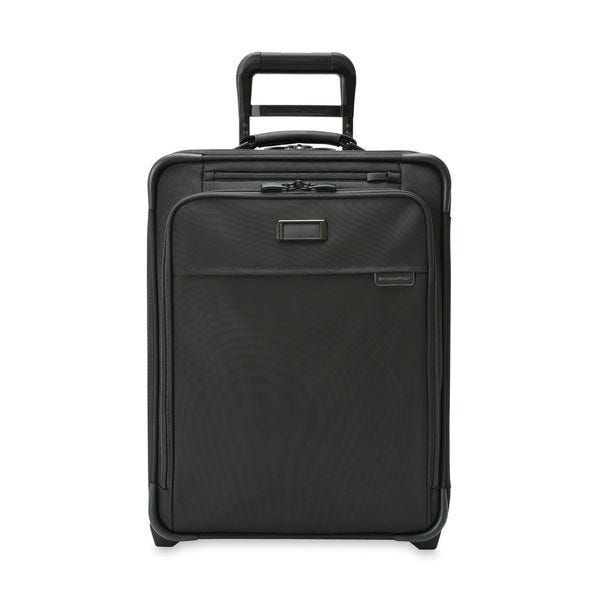

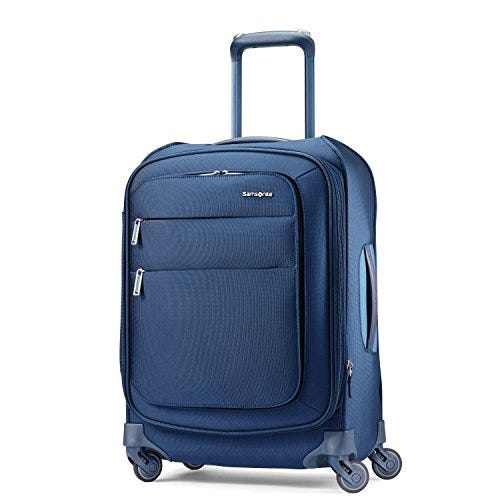
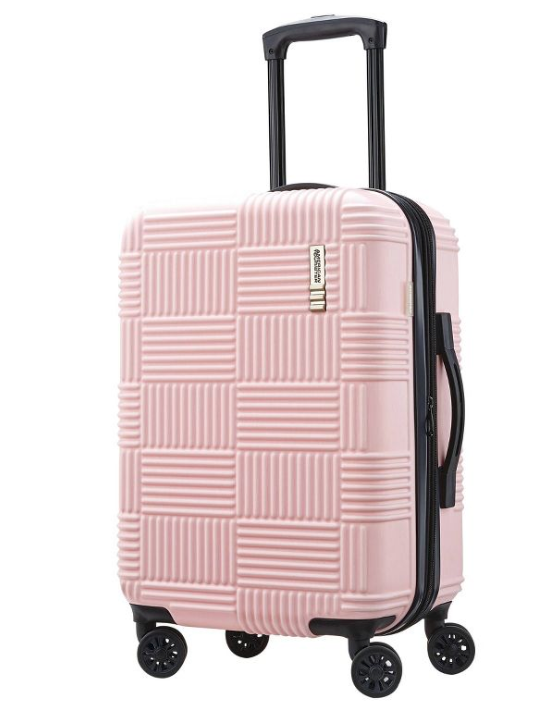
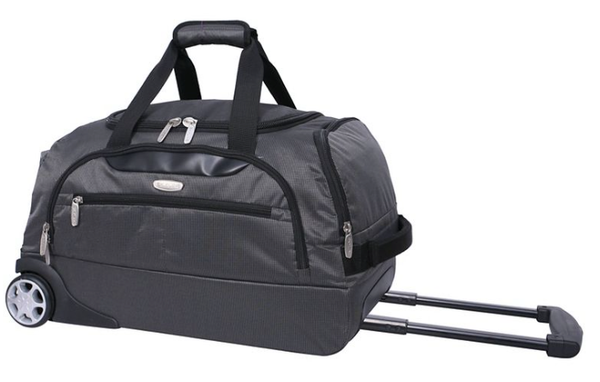
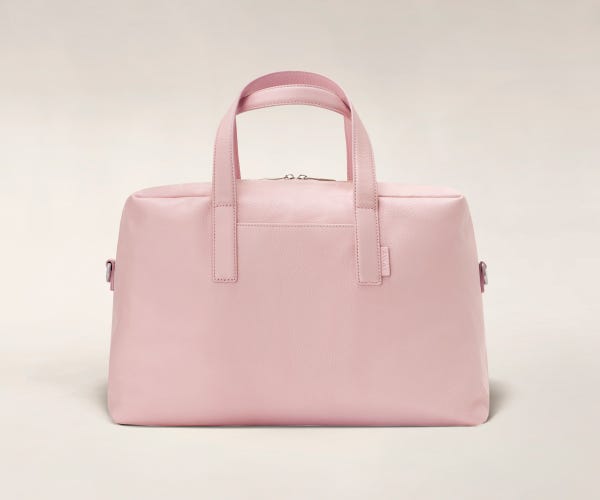
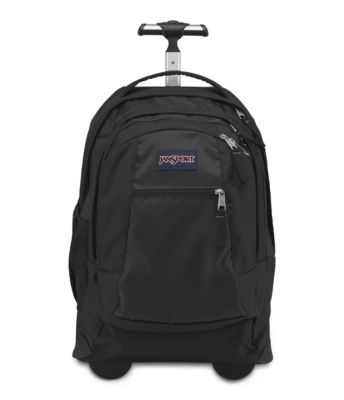

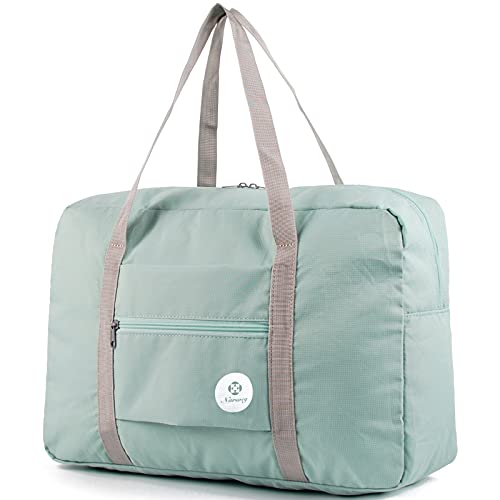
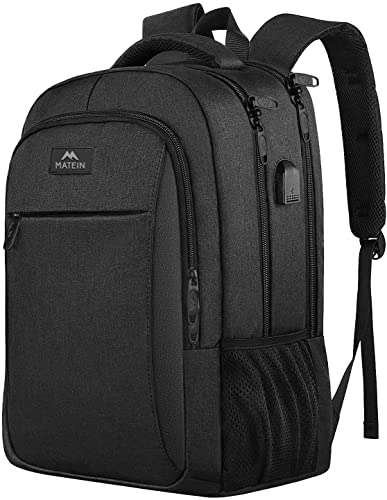

Tidak ada komentar:
Posting Komentar